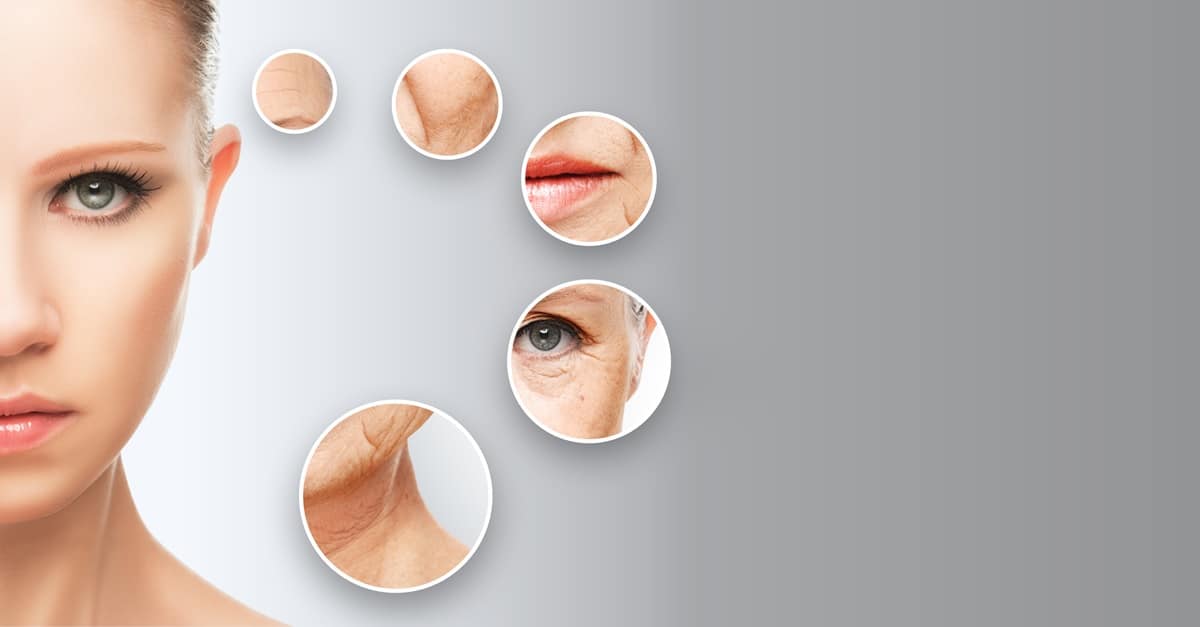More and more patients are looking for easy, painless treatments to help clear their skin of the imperfections that come about from aging. Whether acne scarring, sunspots, rosacea, spider veins, or wrinkling, the effects of aging on our skin can cause us to feel insecure and make us less comfortable in our everyday lives. Thankfully, the many advancements made in medical aesthetics over the years have given patients so many more options for skin rejuvenation. Of these amazing treatments, not many are as effective as the photofacial.
What is Photofacial?
A photofacial (or Intense Pulsed Light – IPL for short) is an anti-aging procedure that harnesses pulses of concentrated light to transform the appearance of the skin. Because photofacials use technology beneficial to a wide range of services, patients dealing with all manner of issues can experience dramatic results from the same procedure.
How Intense Pulsed Light Affects our Skin
The energy emitted from IPL works in two ways: ridding the body of damaged cells and activating natural healing processes. As damaged cells are targeted by the photofacial treatment they are naturally absorbed by the body. In addition, IPL triggers the production of collagen, a protein responsible for the health and vitality of the skin. As more collagen is produced, the skin becomes tighter, firmer, and less susceptible to further injury.
How is the Procedure Performed?
Prior to a photofacial procedure, the skin is coated with a cool gel. Because photofacials cause only minimal discomfort, no topical numbing agent or anesthetic is required. After the gel is applied, the photofacial device targets problem skin areas, leaving surrounding tissue unharmed.
At Skintherapy, photofacial treatments are performed in a series of three to four treatments. Each treatment lasts approximately 20 to 30 minutes and is performed at three- to four-week intervals. This helps maximize the natural healing processes triggered by the photofacial procedure.
How Quickly Should You Expect Results?
As is the case with everything in life, results differ from one individual to the next. However, in most cases our patients start to see results after just one or two treatments. Initially, skin appears to be smoother and more toned, with more advanced results – such as the clearing of sun damage – seen shortly after. For patients dealing with redness caused by acne, results are noticeable following each treatment.
What are the Side Effects of the Photofacial Procedure?
During treatment, the sensation is similar to that of a rubber band lightly snapped against the skin. Following treatment, it is common for some redness and discomfort to be apparent for a few hours, similar to that of a mild sunburn. However, photofacial treatments require no downtime and do not run the risk of causing serious side effects.
We do recommend that patients limit sun exposure following treatment, as this may complicate certain conditions, such as hyperpigmentation.
About Jennifer
Jennifer Curtin is a medical aesthetician, who is nationally recognized for her expertise in medical skin care. With more than 20 years of experience in medical aesthetics, she is dedicated to the aesthetic industry and has received awards of merit including the International CIDESCO Certification, Assistant Cosmetic Laser Practitioner and National Leadership Award. Jennifer is also the president of Skintherapy, which is located in the Buckhead section of Atlanta. To schedule a complimentary appointment with Jennifer, call 404-358-2961 or click here to submit a consult request online.


